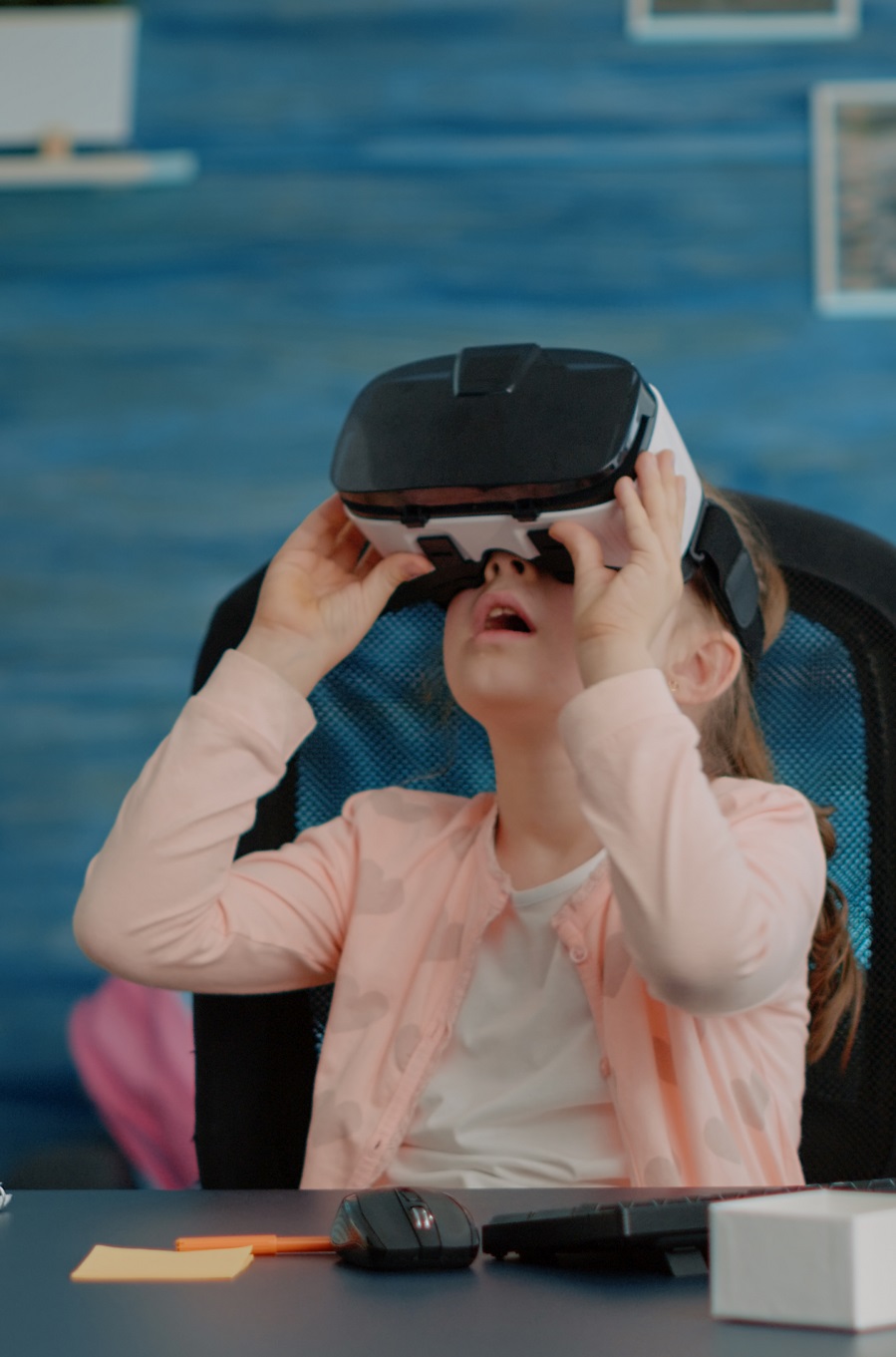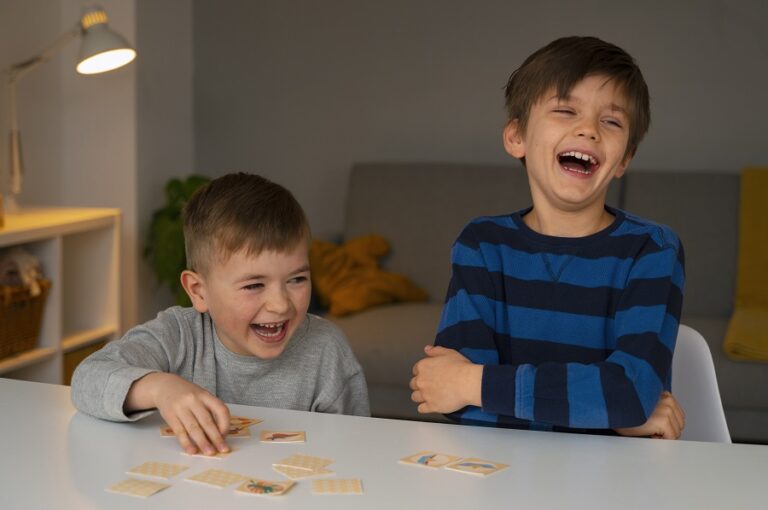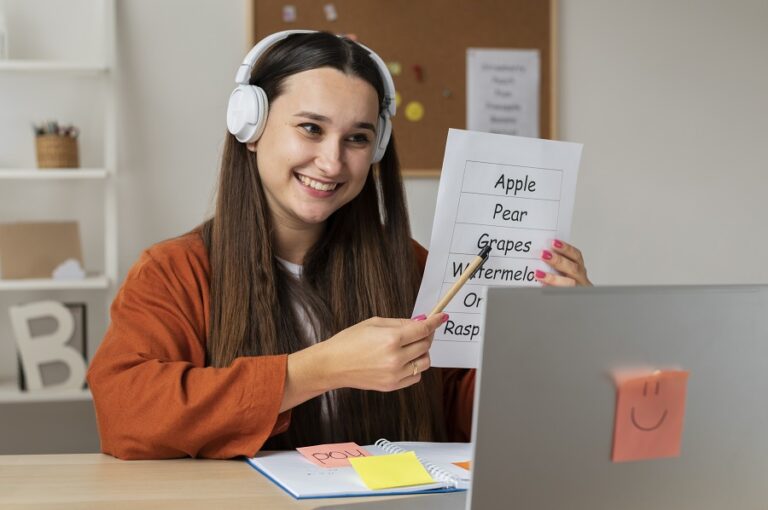How Gamified Learning is Boosting Students’ Academic Performance
Gamification has made its way into classrooms and study routines across the globe. As digital tools become more common in education, more schools, teachers, and students are turning to gamified learning to stay motivated, engaged, and successful. But how exactly is this approach improving academic performance? Let’s explore how game mechanics are boosting student results across various age groups and subjects.
What is Gamified Learning?
Gamified learning refers to the use of game design elements such as points, levels, badges, and rewards in non-game educational contexts. Unlike purely recreational games, gamified learning tools are designed with specific academic objectives in mind. These tools make learning feel like play while still focusing on educational goals.
Gamification doesn’t necessarily mean turning every subject into a game. Instead, it means using game-like techniques—such as leaderboards, challenges, and instant feedback—to make the learning experience more engaging and meaningful.
Why Gamified Learning Works
One of the biggest benefits of gamified learning is motivation. Traditional learning can sometimes feel repetitive or dull, leading to disinterest or poor performance. However, gamification taps into the brain’s reward system. When students receive points or unlock levels, they experience a sense of achievement. This keeps them coming back for more, helping to reinforce lessons over time.
Another factor is feedback. Many gamified platforms provide instant responses to correct or incorrect answers. This immediate feedback loop allows students to correct mistakes and understand concepts more quickly than in a traditional setting, where feedback might take days.
Gamified learning also introduces a level of personalization. Adaptive games adjust difficulty based on a student’s performance, allowing them to learn at their own pace without feeling overwhelmed or bored.
Impact on Academic Performance
Research shows that students who engage in gamified learning often outperform their peers in traditional classrooms. A 2023 study published in the Journal of Educational Technology found that gamified environments increased student performance by an average of 15%. Subjects like math, science, and language arts saw the most benefit, particularly when gamification was used to complement, rather than replace, traditional instruction.
For younger students, games help build foundational skills like spelling, counting, and problem-solving. For older students, gamification helps maintain focus, particularly when studying for exams or completing repetitive tasks.
Moreover, gamified learning promotes retention. Interactive, game-based methods increase long-term memory by reinforcing learning in different ways—visual, auditory, and kinesthetic.
Popular Gamified Learning Tools
A wide variety of apps and games are now using gamified methods to help students succeed academically:
- Kahoot! allows teachers to create quizzes that turn classrooms into live game shows. Students compete in real time, learning while having fun.
- Duolingo teaches languages using levels, streaks, and XP points to encourage daily practice.
- Quizizz is a classroom quiz tool where students earn points and power-ups as they answer.
- Prodigy combines fantasy RPG gaming with math challenges, turning equations into battles.
- Flying Chess is a fun multiplayer game that enhances strategic thinking and cognitive development. It’s great for learning how to plan moves ahead and make smart decisions—skills valuable for both academics and life. The site offers both solo and group play options, making it perfect for family learning nights.
Benefits Beyond Academics
Gamified learning doesn’t just improve test scores. It also builds life skills like perseverance, critical thinking, collaboration, and goal-setting. For example, multiplayer educational games foster teamwork and communication, while solo games develop independence and problem-solving skills.
Moreover, gamification can improve mental health and self-esteem. When students experience success, even small wins like completing a level or earning a badge, they gain confidence. This positive reinforcement keeps them invested in their education.
Gamified Learning at Home
The rise of mobile apps and tablets has made gamified learning accessible at home. Parents can now integrate these tools into everyday learning routines. Whether it’s through spelling games, puzzle-solving apps, or math missions, children are learning while enjoying screen time.
Families can also enjoy multiplayer games together. Cooperative learning through gameplay strengthens family bonds while promoting academic growth. Games like Flying Chess and other board-style apps offer perfect opportunities for fun, strategy, and learning combined.
Challenges and Considerations
While gamified learning has clear benefits, it’s important to strike a balance. Not all content suits gamification, and overuse may lead to screen fatigue or reduced attention spans. Additionally, some students may feel pressure from leaderboards or competition.
To ensure success, educators and parents should carefully select age-appropriate and goal-focused tools. The goal should always be meaningful learning—not just collecting points or leveling up for its own sake.
Conclusion
Gamified learning is more than a trend—it’s a transformative shift in how education is delivered and experienced. By turning lessons into challenges and rewards, it makes learning more interactive, motivating, and personalized. From mobile apps to board-style games like Flying Chess, students now have more ways than ever to engage with their studies. When used wisely, gamified tools can significantly boost academic performance, preparing learners for both school success and real-world challenges.






